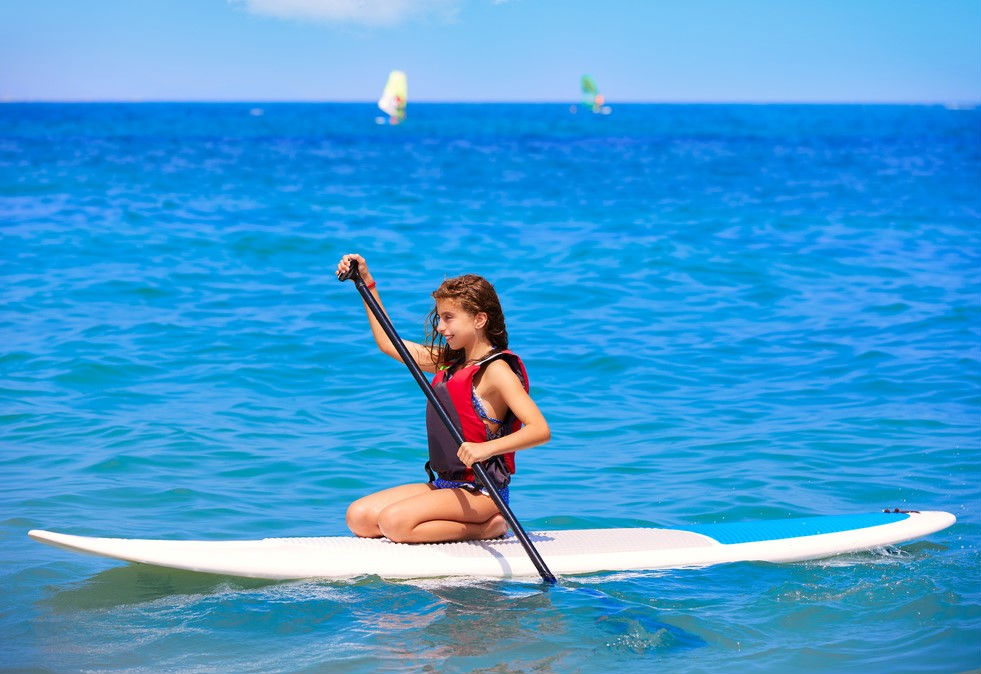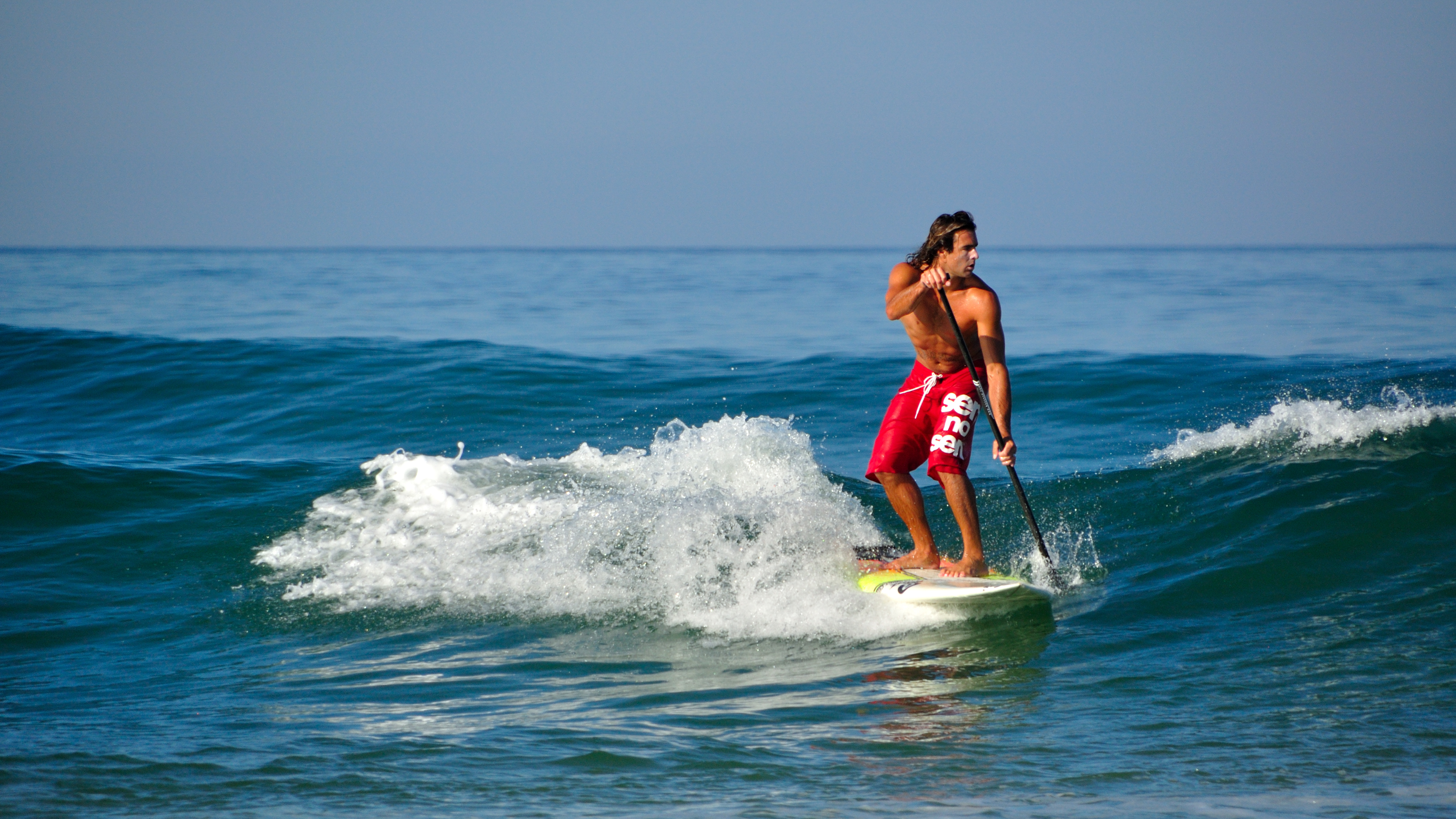
Surfing Stand-Up Paddle Board: There Is No Better Way To Surf Than To Ride The Waves
Your inflatable stand-up paddle boards may serve various uses, depending on your preferences. Most individuals are interested in purchasing a surfing stand-up paddle board for general use or touring. Still, there are also a variety of other hobbies, such as fishing, yoga, and even surfing the wild waves!
Surfing on a stand-up paddle board (SUP) may be a lot of fun since it allows you to catch waves and go on exciting excursions. There is no need for you to paddle in calm seas consistently. Because stand-up paddleboarding (SUP) requires a higher level of ability and balance than other forms of surfing, it is not recommended for novices to try it until they have gained experience in less turbulent seas first.
The Difference Between "Regular" Paddle Boards And Surf-Specific Paddle Boards
Surfing SUP boards are designed with maneuverability as their primary focus, as opposed to all-around and touring SUP boards, which focus on providing a high level of balance. You must always be able to adapt to new conditions to stay afloat, and you must always be prepared for the next wave.
Stand-up paddleboards designed for surfing are more elegant and compact than standard SUP boards. You can swiftly make turns and follow the pattern of the waves, thanks to the fact that they are smaller. If you want a specific surfing SUP board, you need to pay attention to a few different aspects, which I will describe in more detail in the following paragraphs.
How To Choose The Right Stand-Up Paddleboard For Surfing
Which Kind Of Board Do You Prefer, A Rigid One Or An Inflatable One?
Compared side by side, rigid SUP boards, and inflatable SUP boards have quite different characteristics. I will simply briefly go through these distinctions again:
- Because they cannot be rolled up, rigid boards are more challenging to store and carry than their softer counterparts.
- When inflated, inflatable boards have a greater thickness, allowing them to support a more significant load often.
- Rigid boards are often thinner, making them a better choice for carving waves.
In contrast, when it comes to other kinds of paddle boards, I like to favor inflatable stand-up paddleboards due to the increased stability they provide, the cheaper cost, and the simplicity with which they can be transported. Suppose you are genuinely dedicated to stand-up paddle surfing, though. In that case, you should consider purchasing a rigid board since it will allow you to achieve higher speeds and give you even more maneuverability on the waves.
However, inflatable stand-up paddleboards provide some distinct benefits for surfers. If you fall off the board, you will have a softer landing, and it is concrete that the board will strike your head at some point; however, this will be a far less unpleasant experience if you use an inflated board.
When you first begin to learn how to surf, you will spend significant time training on your knees. This position, which is also more comfortable when performed on an inflatable board, is essential.
If you cannot make adjustments to the board as quickly, it will be more difficult to catch waves, making things more difficult overall. These are two very distinct techniques that require much practice to become proficient.
In the end, it is advisable to pick the sort of boat on which you can feel more at ease and with which you will genuinely want to spend time on the water. The fact that you do not need waves to have fun on an inflatable board is another perk of using one. Even on days when there are hardly any waves, and the water is relatively calm, you may still go into the ocean and paddle about.
Which Dimensions And Contours Are You Seeking Specifically?
As I have explained in a previous post, it is normal for specialized SUP surfing boards to be smaller than the all-around SUP boards that you are accustomed to using. You may, however, give it a go with the larger panel that you currently possess if you're willing to risk falling in the water a few times in exchange for the additional stability that this board provides.
The most important choice you need to make is whether you want the paddle board to be solely used for stand-up paddle surfing or if you also want it to be used for regular paddle boarding.
If you want to be able to perform regular paddle boarding, in addition to stand-up paddling, I would suggest obtaining an inflatable paddle board. Even if there aren't perfect waves for surfing, you may still enjoy being out on the sea.
Surfboards that are explicitly designed for the sport of surfing are often shorter and thinner than general-purpose boards, giving surfers the ability to ride the waves more easily. The standard thickness for stand-up paddle boards is 6 inches, although the thickness of surfing boards may occasionally be as little as 4 inches.
This is also a factor that dictates how much weight the board can support; obviously, a board that is too thin will not be able to help someone who weighs a lot. You should research the maximum number of people that can be carried by the surfing SUP board you are considering buying to ensure that it will not capsize when you stand on it.
Is The Deck Pad Of The Board Designed For Surfing Or Another Water Sport?
When you surf your stand-up paddle board, the deck pad will be wet every time you go out on the water. However, when you paddle board over still water, the deck pad may or may not get wet at all times. I can even state that there are a good number of times when I do not get my feet wet while paddling; this occurs very seldom when I cruise about.
Therefore, a surfing SUP board requires a deck pad that provides exceptionally high traction. A large grip deck is also excellent since waves might cause you to make rapid movements, and it is crucial to have a solid hold all over the board.
A kick pad is another essential component of the board since you will need it to turn and pivot as a wave approaches rapidly. When catching waves, it is helpful to have a strong posture, which may be achieved by leaning back and putting some weight on the leg behind you.
Which Fin Configuration Works Best For Stand-Up Paddleboarding?
Regarding the fins, stand-up paddleboards often come with two different alternatives, and you may get them with either one sizeable middle fin or one large middle fin in conjunction with two lesser fins. So, which is the most OK board for stand-up paddle surfing?
It is recommended that a surfing stand-up paddle board have three fins rather than two since the additional little fins give a more incredible grip on the water, which is something that can undoubtedly be employed in these extreme conditions. You should choose a board where all three fins can be removed so that you may experiment with the various configurations and select the one that feels the most comfortable to you.
Flexible fins will not break as quickly as rigid fins and perform just as well on the waves; thus, if you are concerned about your safety, I suggest purchasing these fins rather than the stiff plastic fins.
The Top Stand-Up paddleboards For Surfing
Now that we're done with the introductions and explanations, I'll show you the surf SUP boards that, in my view, are the greatest. I chose inflatable surfing SUP boards because, besides stand-up paddleboarding (SUP surfing), I like paddling about and doing other water sports. As was previously said, if you simply want to surf on your stand-up paddleboard and have room for it, a rigid board could be the best option.
Inflatable stand-up paddle boards designed for surfing are notoriously tricky to track down in various retail locations. I have seen quite a few of these boards that are exclusively available in Europe, such as the MOAI 9'5′′ surfing SUP board, the Aqua Marina Wave board, the ZRAY E9 board, and the Decathlon Surfing SUP Board. I have seen all of these boards.
Therefore, I had to do a bit of research to discover excellent stand-up paddle boards for surfing. Still, I hope I was successful in doing so and can provide you with some fantastic alternatives for this purpose so that you may enjoy riding the waves.
To Summarise, The Top Surfing And SUP Boards
Outside of Europe, I have concluded that getting nice inflatable surfing SUP boards is darn near impossible. If you want to use your stand-up paddle board for activities rather than simply surfing, you should consider purchasing an all-around one. This will allow you to enjoy the water regardless of the conditions. If you want to locate a stand-up paddle board that's suitable for various shapes, you should look at the recommendations I made in my guide to the best boards available.
When it comes to surfing, a rigid board is the better option than an inflatable one since wooden boards are thinner, and it is simpler to carve the waves on a rigid board than on an inflated one. If you are committed to surfing, you should look at wooden boards rather than soft ones.
Do you genuinely want an inflatable stand-up paddle board designed with the particular purpose of surfing in mind? If this is the case, your only option is to purchase a product from one of the major companies since the target demographic for the more niche brands is just not large enough to support the production of such products.
Although these boards are tiny and can only support a limited amount of weight, they allow you a great deal of flexibility of movement and ensure a firm grip even when the board is wet. Explore a variety of bulletin boards to find the one that best meets your needs. Because they are pretty expensive for something you cannot be sure you will love, you should make every effort to rent them first and give them a try if at all feasible.
What are your thoughts on a surfing stand-up paddle board designed for surfing? Have you ever tried paddling out on an all-around SUP board and surfing the waves? Have you ever experimented with a particular model of surf SUP board?
Leave a comment below and let me know about your experiences, as well as whether or not you believe stand-up paddleboarding is something everyone should attempt at least once.


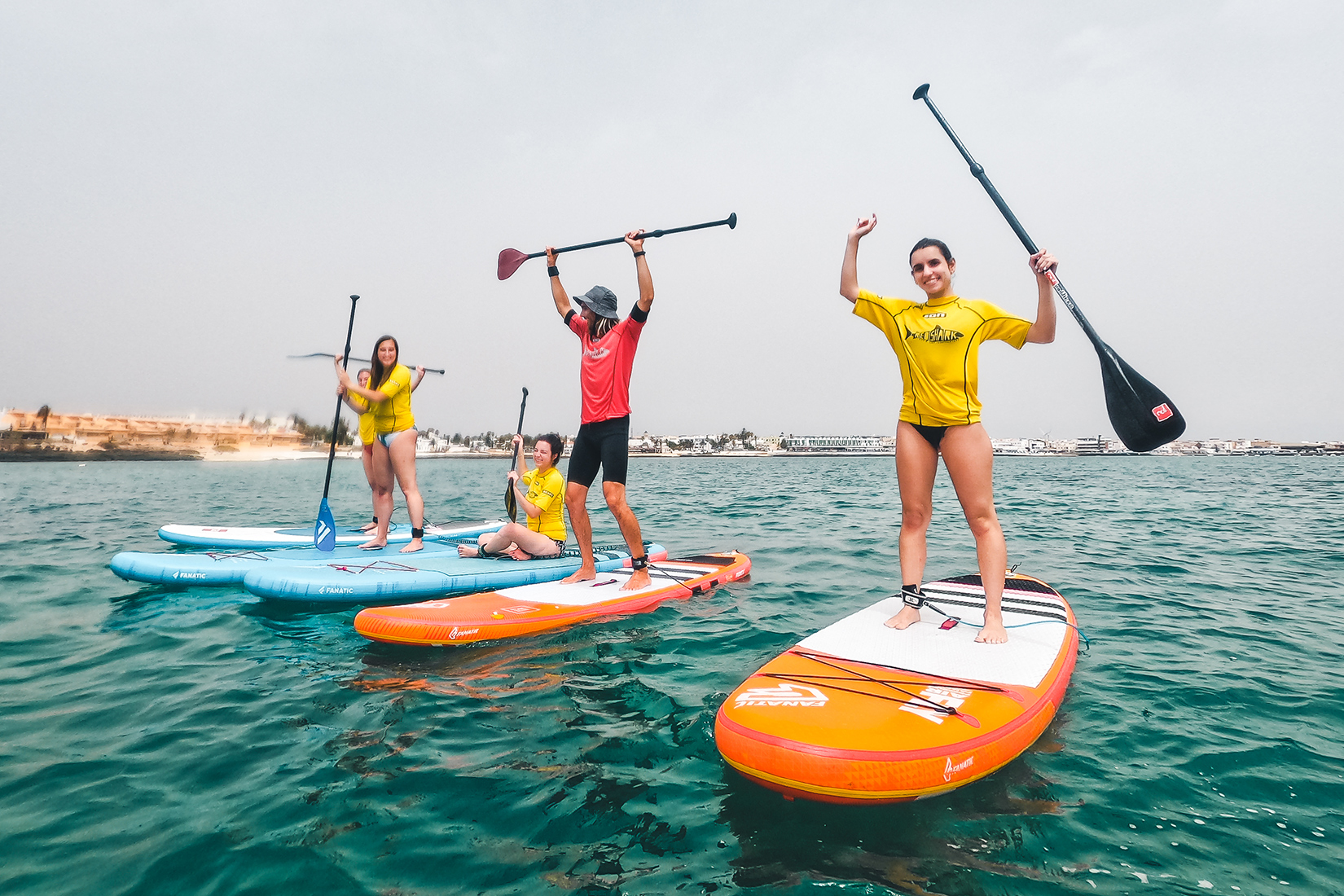
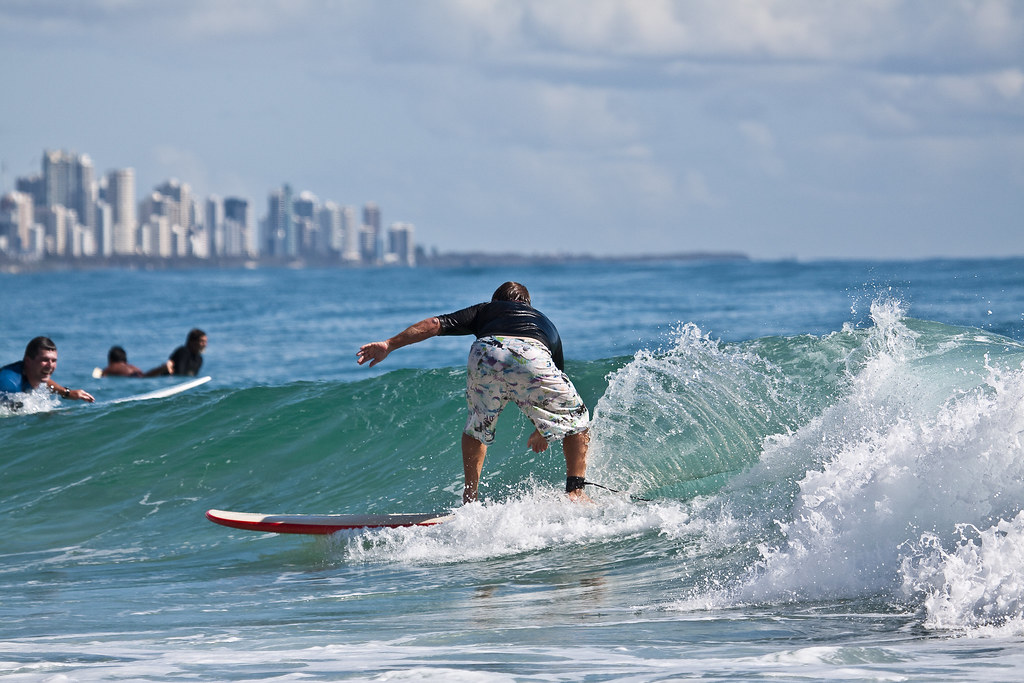

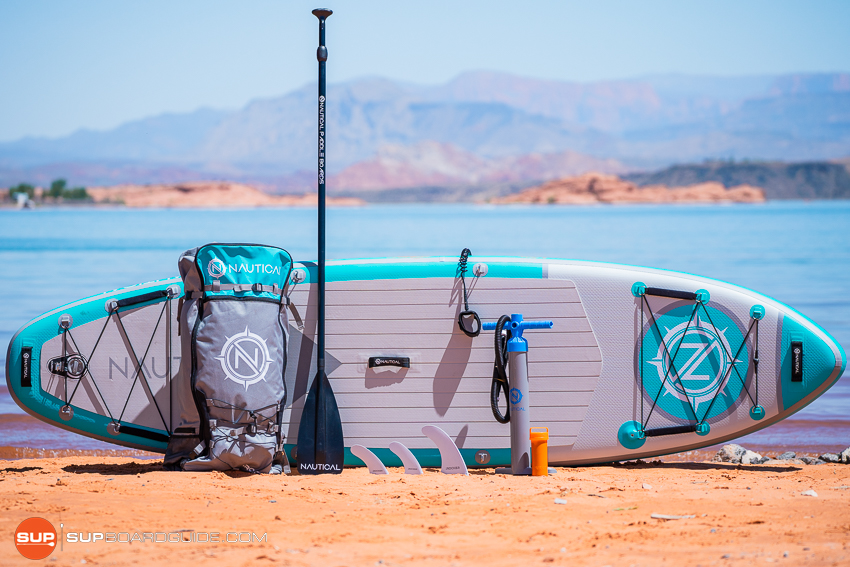
![Paddle to the Top: The Top SUP Brands of All Time [2026]](https://shared-bucket-websites.s3.amazonaws.com/BestInflatableSUPBrands-1656467170812)

